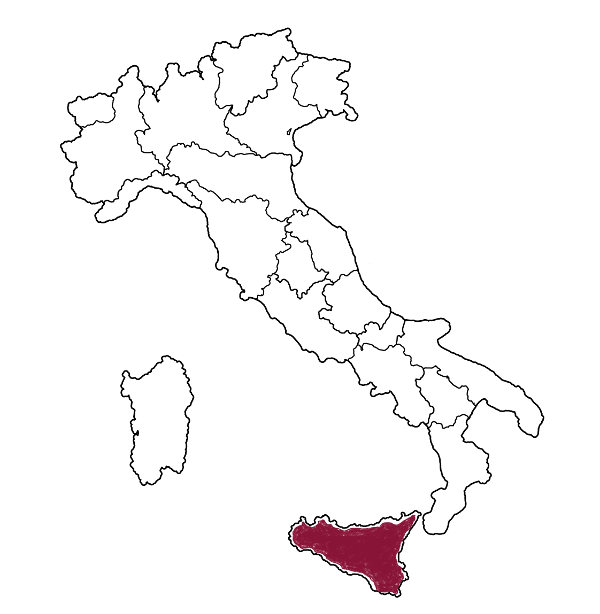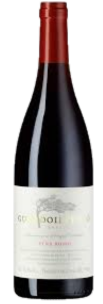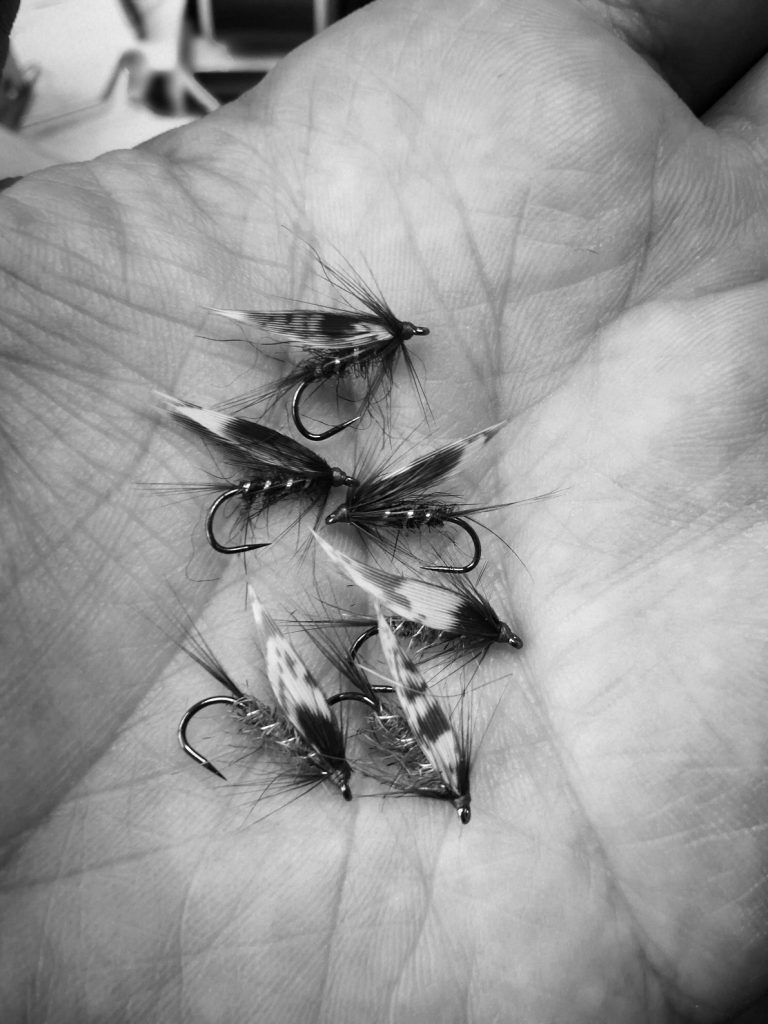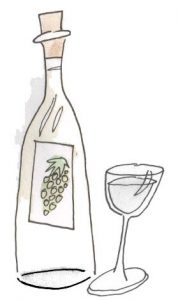classical quirky vino
The Wines
Etna Bianco 'Guardolivento'
Etna Rosso 'Guardoilvento'


Etna Bianco 'Guardoilvento'
The vineyard is 700-800 meters of elevation on the north side of the volcano and is mostly planted to Nerello Mascalese. The land in this area is magical! Rich in sand and many mineral salts, it gives the grapes an aromatic finesse, silky and velvety tannins. The result is a wine that, aged in small oak barrels, is expressed with great aromatic finesse, good body, complexity and drinkability.
Alcoholic fermentation in stainless steel and aging in steel for 7 months & 3 months in bottle.
quick facts
APPELLATION: Etna Bianco DOC
VINTAGE: 2020
STYLE: white
GRAPE: carricante & cattarato
FARMING: conventional
FERMENTATION: stainless steel
MATURATION: steel
FILTRATION: filtered
ALCOHOL: 13%
CASE SIZE: 6

Etna Rosso 'Guardoilvento'
Layers of spiced red fruit, dried rose petals and basil over smoky volcanic minerals in a confident, linear style accentuated by firm tannins and elegant acidity.
The Guardoilvento vineyard is planted with 100-year-old ungrafted nerello mascalese vines. The dense planting scheme (8000 vines per hectare) and the albarello training system means the vines have rooted extremely deeply in search of water, which allows them to survive the almost rain-free growing season and protects them from strong winds. Fermentations are carried out in stainless steel with ageing in used barrique for 10 months to add texture without masking the exceptional purity of the fruit.
quick facts
APPELLATION: Etna Rosso DOC
VINTAGE: 2021
STYLE: red
GRAPE: nerello mascalese
FARMING: conventional
FERMENTATION: stainless steel
MATURATION: oak
FILTRATION: filtered
ALCOHOL: 13.5%
CASE SIZE: 6
Pietro Caciorgna
The Etna adventure for Paolo Caciorgna, the renowned Tuscan wine maker, started in 2005 after his first visit to this remote area in the north-eastern part of Sicily. His fascination for the black, mineral-rich volcanic soil and the forgotten vineyards inspired him to buy a small estate of 1.3 hectares, naming it after his father, Pietro. The vineyards are planted with 100-year-old pre-phylloxera nerello mascalese vines, trained in the albarello style, which protects the vines from fierce winds and forces the roots to dig deep in search of water during the arid summers.
“Planting a vineyard means putting down roots: where you plant, you live,” he says. “Italy’s patrimony is its vineyards, vines and soils. By saving them we also save the wisdom of the people who have always worked them.”
Nowhere is this more true than in Sicily. Long considered a bulk wine region, in the early 2000s the island enjoyed a resurgence in attention, mainly due to rich, ripe reds based on nero d’avola, often blended with international varieties like cabernet sauvignon or syrah, and more often than not given a liberal dash of new oak. But as these turbocharged styles have fallen out of fashion, the focus has shifted to Mt. Etna, an active volcano whose vertiginous slopes create near cool-climate conditions, despite its southerly latitude. The vineyards on Etna are some of the highest in Europe, but many had been abandoned due to the difficulty of working the slopes and the ever-present risk of lava flows. The new-found demand for wines from this extreme site has driven the rejuvenation of these ancient vineyards over the last couple of decades.
The star of Etna is the native nerello mascalese, a relative of sangiovese that has the pinot-like ability to express the nuances of the terroir in which it’s grown. Caciorgna’s vineyards are on the northern slopes, where the wines tend to have leaner red fruit aromas and greater finesse and tension than those from the southern and eastern faces. Layers of volcanic ash have added high levels of minerals to the dark sandy soil, bringing a savoury, saline edge to the pure, precise fruit profile.





